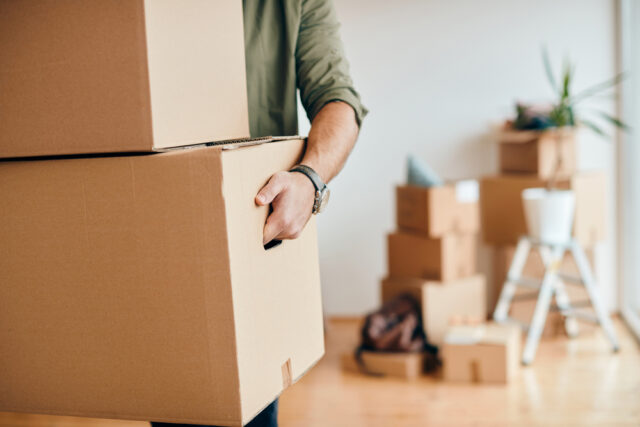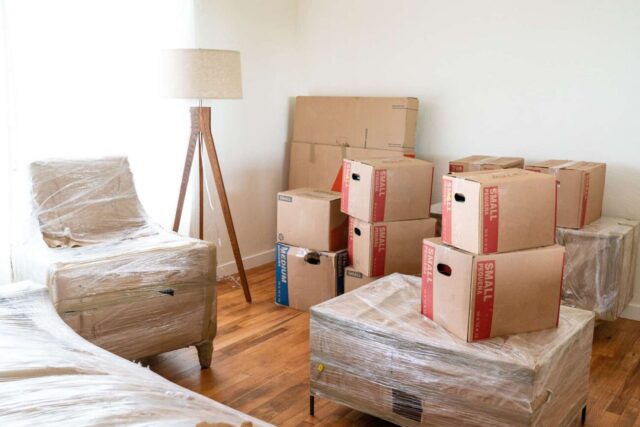
First, thoroughly inspect your new unit and make sure it’s move-in ready. Look for any maintenance issues that need addressing like peeling paint or faulty appliances. It’s much easier to get these fixed before moving your belongings in.
Measure Doorways and Rooms
Carefully measure doorways, hallways, and rooms in both units. This will ensure large furniture can fit through entrances and you have an accurate layout for furniture arrangements. Having measurements on hand also helps when renting moving equipment so you get the right sizes.
Schedule Enough Time for Using Elevators
Don’t underestimate how long it takes to move from one floor to the next. Moving between higher floors means waiting for elevators to become available. Schedule the extra time and perhaps reserve the elevator. You don’t want to anger fellow residents by clogging up elevators.

Make Multiple Moving Trips if Needed
Since you’re in the same building, you don’t necessarily have to move everything in one day. Make multiple trips up and down elevators if needed. This reduces stress and the chance of damaging belongings or building walls/doors.
Notify the Building Manager
Notify the building manager about your move date and elevator reservations if available. Alert them to any hallways or other common areas you may obstruct temporarily while moving large items.
Use Insured Movers
If using a moving company, make sure they’re properly insured. You don’t want them scuffing up walls or damaging the elevator and your security deposit getting docked.
Reserve Parking for Moving Trucks
Unloading and parking moving trucks can get tricky at apartment buildings, so reserve parking spots and get specific instructions on where large vehicles can pull up. You may need to use a nearby lot and wheel things over.
Pack a Move-In Essentials Box
Pack a box of essentials you’ll need on move-in day like toilet paper, soap, trash bags, box cutters, scissors, and other supplies. This way you don’t have to dig through boxes to find what you need immediately.

Transport Plants Safely
If you have plants, decide how you want to transport them safely so they don’t spill dirt in the hallways or elevators. Tie up long branches and use plant sleeves.
Take Photos of Furniture Layouts
Take photos of your furniture arrangements and wall decor in your old unit. This makes it easier to replicate the layout in the new place. Measure the distance between shelves and artwork too.
Clean the Old Unit Beforehand
Clean your old apartment thoroughly before returning the keys. Don’t leave this task until move-out day when you’re stressed. Do it in advance so you get your full security deposit back.
Talk to Previous Tenants
If available, talk to previous tenants about the unit’s quirks and features. You may discover extra storage spaces or flaky light switches they can tip you off about.

Hire Professional Movers
Consider hiring professional movers rather than doing it yourself. Their experience and equipment can expedite the moving in the same building process and prevent injuries or damage. Just be sure to get estimates from a few companies first and check reviews.
Label Boxes Clearly
Label boxes clearly with room assignments and contents. This helps movers place them correctly and makes unpacking easier.
Set Up Services in Advance
Set up your internet and utility services in advance so they are ready on a moving day. Nothing’s worse than moving in and having no WiFi or electricity ready.
These tips will help you coordinate a smooth transition when moving between units in an apartment building. With the right preparation, you can make moving day hassle-free and settle into your new place with ease.







